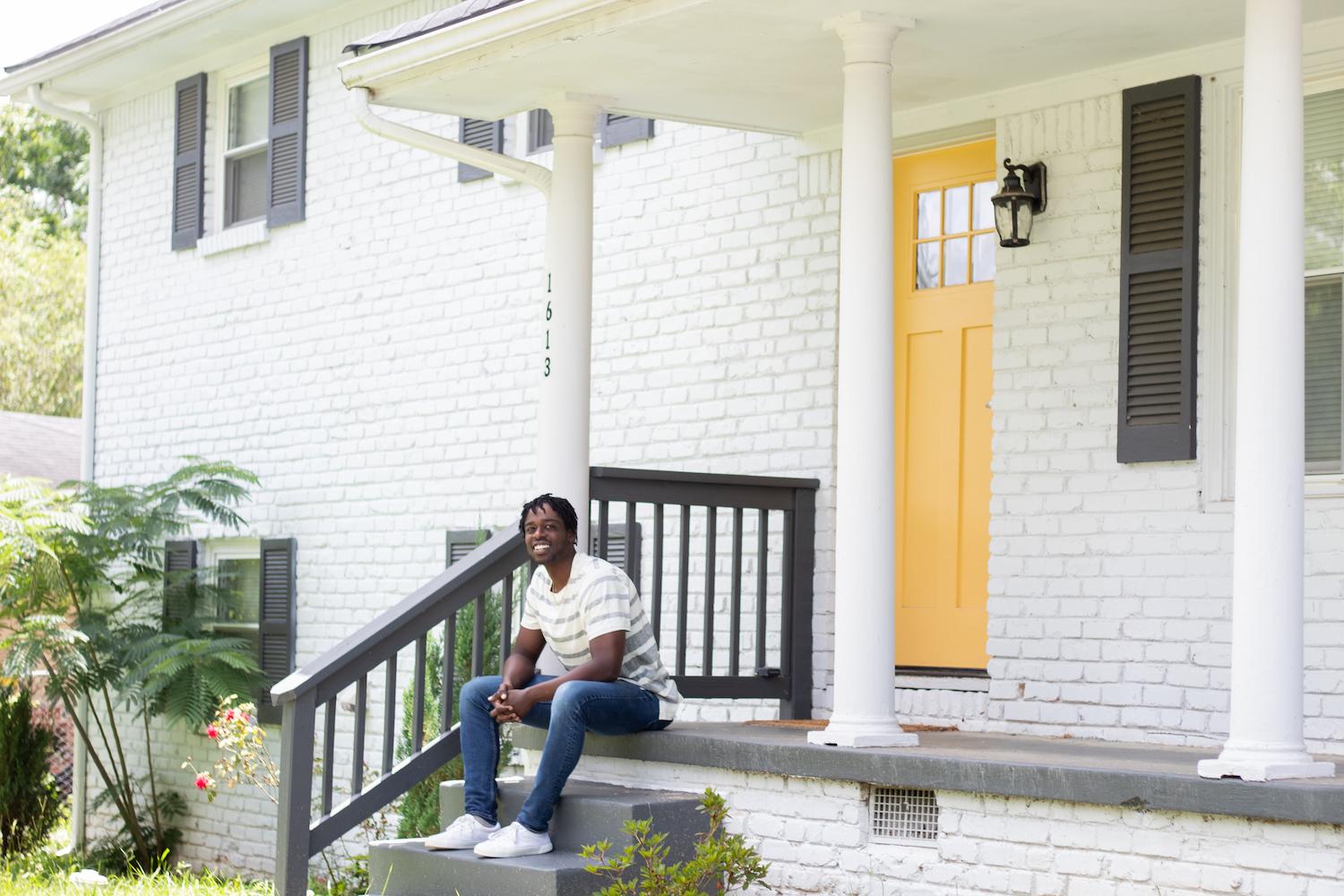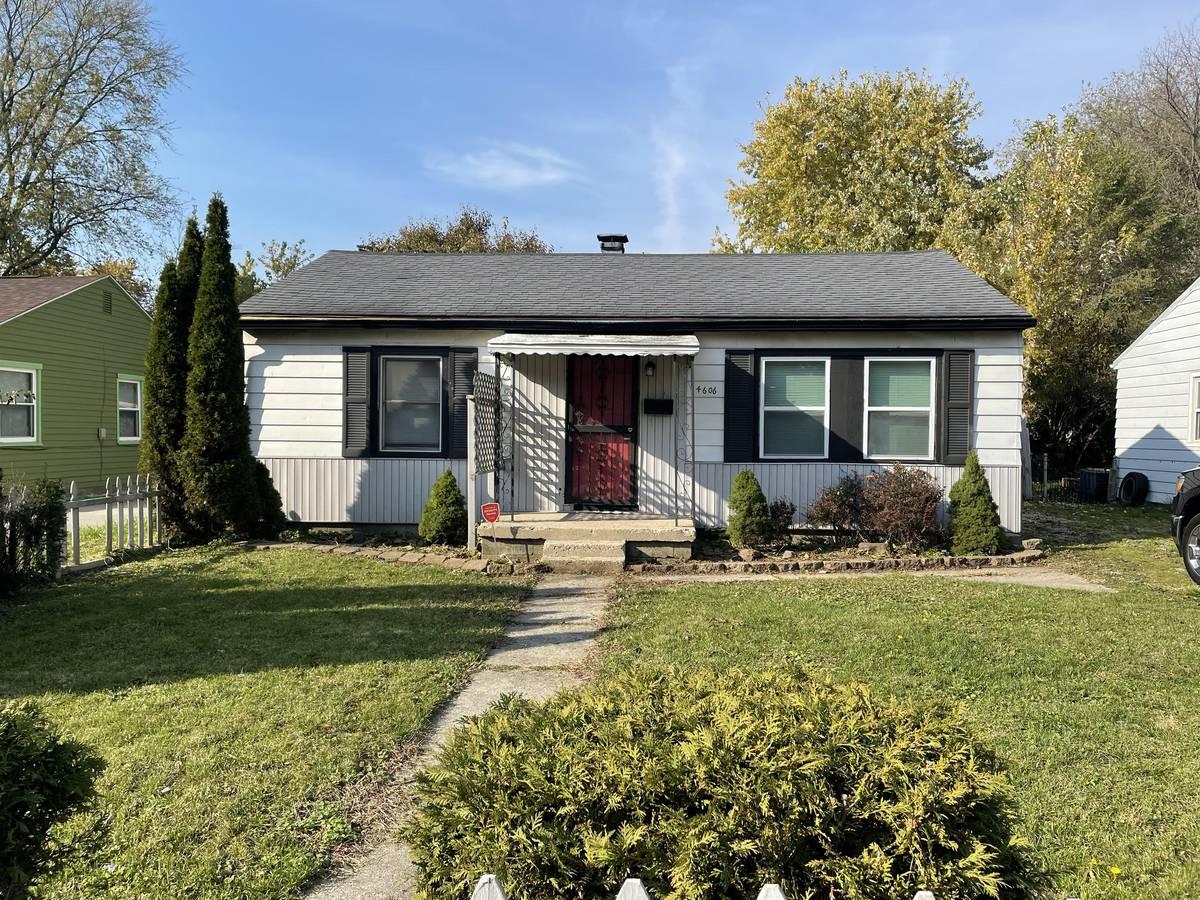The housing crisis has put immense pressure on renters, with many spending well over the recommended 30% of their income on rent. As costs continue rising, rent control is proposed as a potential solution to improve affordability. However, while rent control policies can provide some relief, evidence shows they are not a silver bullet. They must be combined with other measures to truly address housing woes.
The big drawbacks of rent control
Rent control faces several major criticisms from economists and housing experts:
- Supply Reduction – Capping rental income could incentivize landlords to sell their properties or convert them to ownership housing. Ultimately, this can reduce the overall rental supply.
- Quality Issues – With profits constrained, some landlords may cut corners on property maintenance and upkeep standards.
- Insider/Outsider Split – Those lucky enough to secure rent-controlled units benefit while others face higher market rents, creating inequities.
- Bypassing Market Forces – Removing price signals disconnects housing costs from normal supply and demand adjustments.
While advocates argue strict regulations could prevent some negative consequences, critics contend those rules would be overly complex and costly.
Not all rent control is equal
Importantly, different types and degrees of rent control policies carry varying risks. The most extreme form is a hard rent freeze at current rates. More moderate versions simply limit how quickly rents can increase between tenancies or for existing renters.
The potential impact partly depends on if landlords can still earn acceptable returns under the regulations. Markets with high investment property ownership and lax tenancy laws may see bigger rental supply impacts compared to places with more mom-and-pop landlords and stronger renter protections.
There are also concerns that even moderate rent control steps could spook landlords into exiting. They may feel future policies can become increasingly restrictive over time.
Part of a broader solution
For firm rent control advocates, the goal may be helping transition housing away from a private rental model altogether and toward social or non-profit ownership. But in the nearer-term, rent control policies must be carefully balanced with incentives to maintain adequate rental supply and housing quality standards.
Ultimately, while measures like rent stabilization could help renters in the short term, they need to be paired with increasing the overall housing stock through existing properties, affordable housing investments, and other interventions. Rent control alone cannot solve housing affordability, given the complexity of the factors involved.
As debates continue around potential rent control policies, it’s important to have a nuanced discussion looking at different policy designs and how they could impact specific housing markets. With a multi-pronged approach, there is opportunity to make the rental market healthier for all parties involved.


